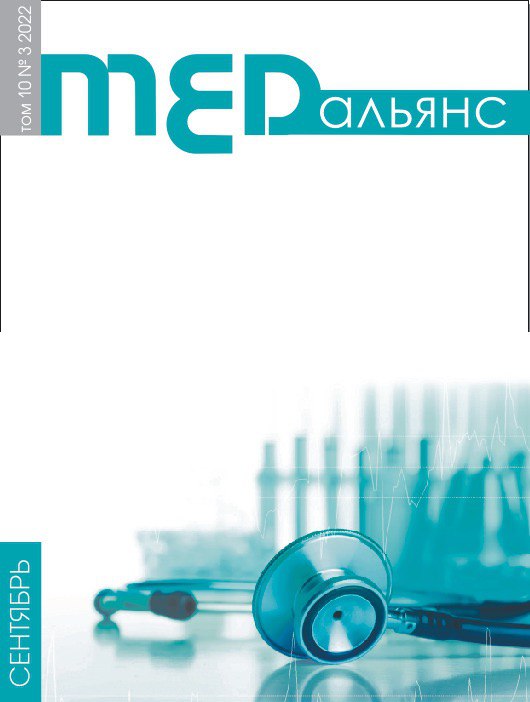Abstract
WHO uses burden estimates for the surveillance of the epidemic situation and implementation of TB control programs. Russian statistics has the advantage of a system of the link-to-care registration of patients with tuber- culosis, regardless of their consent and treatment, which makes it possible to calculate the prevalence of tubercu- losis more accurately than the estimates. Aim: to study the trends in the prevalence of tuberculosis in the re- gions and overall in Russia based on official surveillance statistics in 2010–2021. Until 2018, the prevalence of TB decreased by 6.7% on average, in 2019 the annual rate of decline was –15.0%, in 2020 –18.6%, in 2021 –10.2%, which is associated with the revision of the order of reg- ular dispensary observation and the COVID-19 epidemic.
Analysis of TB patients journeys in the course of regular dispensary check-ups clarifies the effect of these factors.
In 2019, there is a sharp increase of clinical cure of patients registered. In 2020, the number of patients, registered by all means, is decreasing, and, accordingly, the number of those cured as well. The difference in the degree of in- tensity of the TB epidemic situation in the regions of the Russian Federation with a high and low burden of TB is
growing. The share of patients in the 10 regions with the largest numbers of those grew from 33. 1% of the overall number of TB patients in the Russian Federation in 2010 to 38.3% in 2021. In the 5 regions with the highest prev- alence of TB, the average rate over 12 years decreased 2.3 times from 416.6 per 100,000 to 184.5, and in the ter- ritories with the lowest rate 5.5 times from 64.0 to 11.7.
The dynamics of the decline in the spread of tuberculosis in Russia may slow down if the negative impact of the COVID-19 epidemic continues, especially in the context of the global socio-economic crisis. It is possible to slow down the regression of indicators as we approach the stage of «liquidation» of a chronic endemic infection, and also due to an increase in the flow of refugees from Ukraine.

